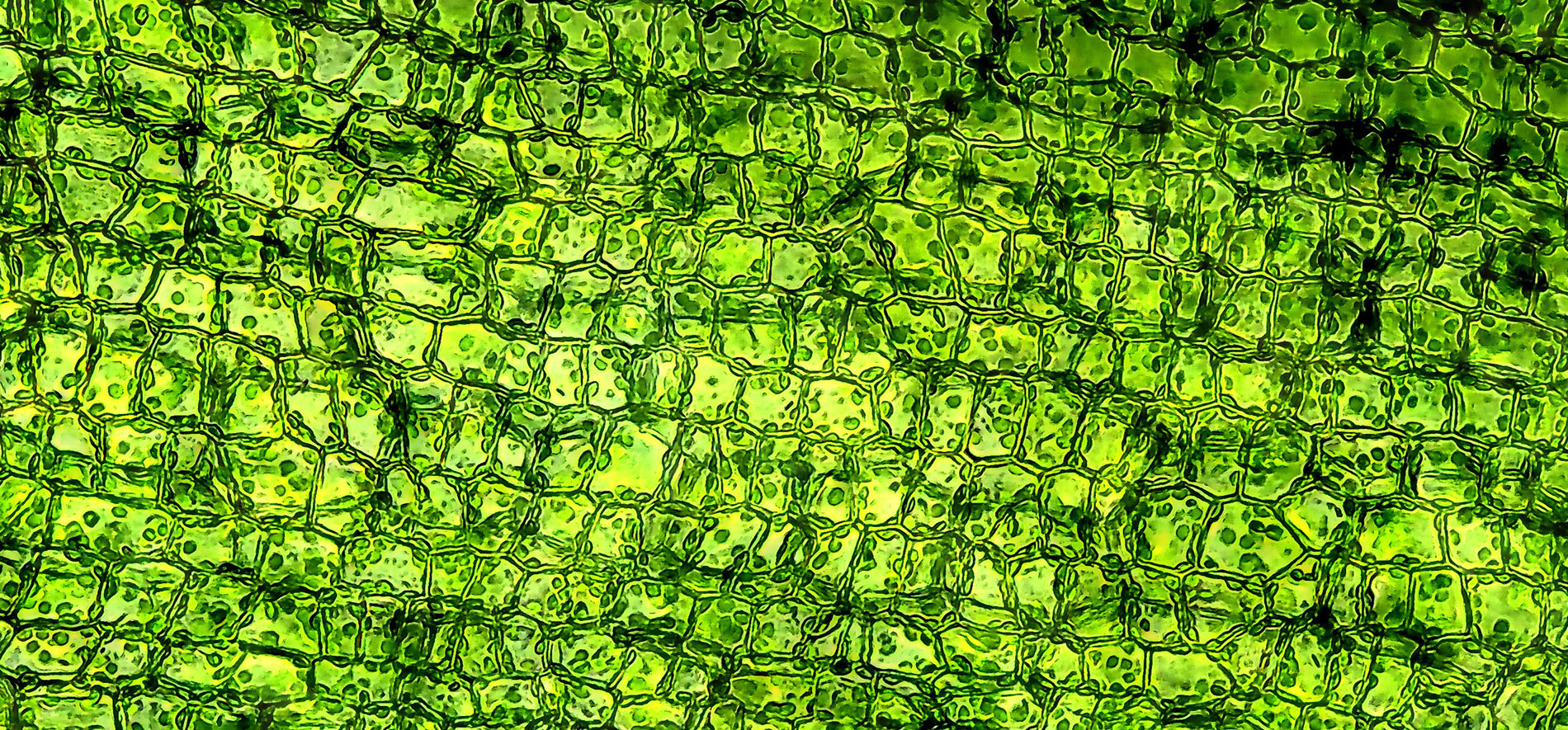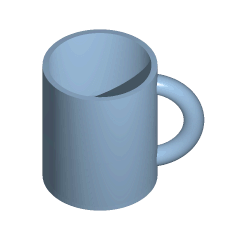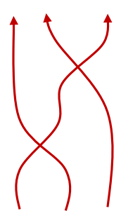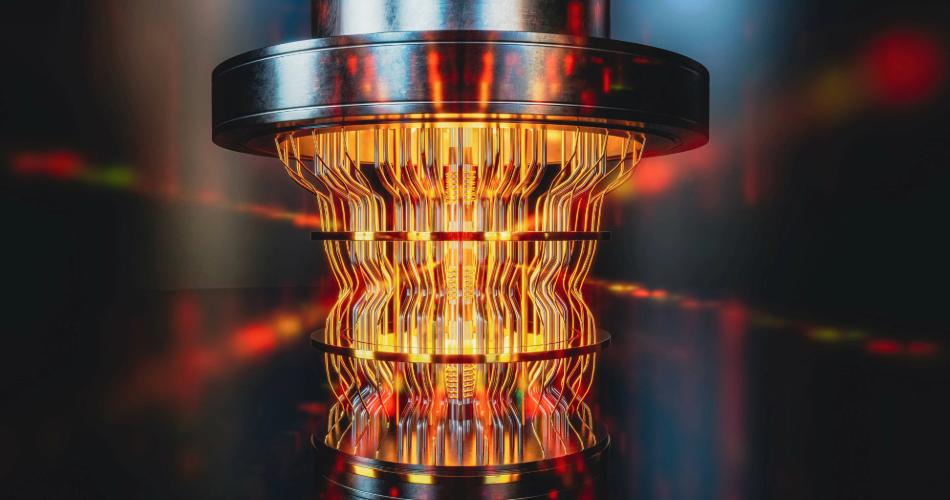
In our previous blog, ‘Noisy quantum computing: overcoming quantum decoherence’, we discussed the fragility of quantum states and identified the need for a mechanism to shield quantum computers against destructive noise. In the race towards large-scale quantum computing, some researchers have drawn inspiration from an abstract field of mathematics: topology.
Topology
In general, topology describes the properties of a geometric structure that remain unchanged under ‘continuous deformations’. In a physical system, such deformations may include stretching, bending or twisting, but not tearing or gluing. The most ‘famous’ illustration of this concept involves a coffee cup and a doughnut (below), often accompanied by a joke that topologists can’t tell the difference between the two. The essential point is that a coffee cup (formed of a sufficiently flexible material) can be deformed into the shape of a doughnut without tearing or gluing; this tells us that the two are ‘topologically equivalent’ and share a ‘topologically invariant’ property. In this case, the property is the number of holes in the structure; a coffee-cup has one hole extending through the handle, and a doughnut has one hole through its centre.

Similarly, the digits ‘0, 4, 6 and 9’ are all topologically equivalent (one hole each), as are ‘1, 2, 3, 5 and 7’ (zero holes each). You may have noticed that ‘8’ is not topologically equivalent to any other digit because removing one of its two holes would require tearing or gluing.
Despite the primitive nature of these examples, we have identified a very robust way of encoding information; no matter to what extent these structures are (continuously) deformed, the number of holes does not change. Accordingly, if quantum information could somehow be encoded in a topologically invariant way, this would effectively shield it against ‘deformations’ induced by environmental noise. The formidable challenge, therefore, is to produce a quantum computer in which the logic gates are dependent only on topological properties. To understand how this may be possible, we must first turn our attention to the phenomenon of quasiparticles.
Quasiparticles
Unlike quarks and other elementary particles, a quasiparticle is not a ‘true’ particle but rather an excitation in a medium that appears to behave like one. For example, the path of an electron travelling through a material will be staggered by repeated collisions with the material’s atoms; despite the complexity of this interacting system, it can be accurately modelled as an electron-quasiparticle travelling undisturbed through a vacuum, but having an ‘effective mass’ different to that of the electron. Regardless, the quasiparticles most pertinent to the prospects of quantum computing, ‘anyons’, are undoubtedly more exotic.
Anyons come in two varieties, ‘abelian’ and ‘non-abelian’, but it’s only the latter group that exhibit the following peculiarity; unlike other particles, swapping the position of two non-abelian anyons has a measurable effect. Let’s unpack this. In general, swapping the position of two indistinguishable particles in a system produces no physical change. Indeed, it would be impossible to tell whether the two particles had been swapped, just as you would have no way of knowing if somebody replaced your favourite coffee cup with a perfect replica. Similarly, if you had three identical cups (A, B and C), it’s trivially true that swapping A with B is equivalent to swapping A with C, or any other sequence of swaps. However, a system of non-abelian anyons has the unusual property that the order and orientation of particle exchanges produce a useful measurable change, thus making it possible for the system to encode information. Considering a three-particle system, the position of each non-abelian anyon can be traced through time as an individual strand – and different swap sequences produce unique ‘braids’, as shown in the examples below.



As a result, quantum information can be encoded in the form of this braid-like structure. The extraordinary realisation is that each braid corresponds to a topologically distinct evolution of the quantum system. Analogous to braided hair, due to its topologically invariant properties, the structure of each braid is unaffected by stretching, bending or twisting. In other words, the encoded information is preserved even if individual strands are distorted – this is precisely the protective mechanism we desire.
Prospects?
There’s a catch. Anyons can only exist in two spatial dimensions, and unsurprisingly this poses a significant challenge given the (at least) three spatial dimensions of our universe. Although effective two-dimensional behaviour can be approximated in systems such as thin atomic lattices, not all physicists are convinced that non-abelian anyons do exist. Nevertheless, there is a slowly growing body of experimental research that hints towards their existence. For example, the simpler kind of anyon (the ‘abelian’ variety) was recently observed by manipulating an electron gas, and the responsible team intend to shift their focus towards non-abelian anyons in the future. Microsoft, the largest company involved in this field, hopes to exploit topological braiding by constructing qubits from nanowires - tiny structures that exhibit quantum mechanical behaviour.
Without doubt, topological quantum computing is an extremely ambitious (perhaps unattainable) goal, yet I suspect that its revolutionary potential and theoretical elegance will continue to inspire efforts.
This blog was written by Michali Demetroudi.
Andrew is a Senior Associate and Patent Attorney at Mewburn Ellis. He works primarily in the fields of telecoms, electronics and engineering, and specialises in quantum technologies, photonics and ion optics. Andrew has extensive experience of drafting and prosecution, global portfolio management and invention capture to secure a commercially valuable IP portfolio. He also conducts freedom to operate analyses and performs due diligence.
Email: andrew.fearnside@mewburn.com
Sign up to our newsletter: Forward - news, insights and features
Our people
Our IP specialists work at all stage of the IP life cycle and provide strategic advice about patent, trade mark and registered designs, as well as any IP-related disputes and legal and commercial requirements.
Our peopleContact Us
We have an easily-accessible office in central London, as well as a number of regional offices throughout the UK and an office in Munich, Germany. We’d love to hear from you, so please get in touch.
Get in touch


